As part of the Slovenian–Croatian bilateral research project CARDIKARST (IPS-2022-02-2260), a two-day workshop focusing on microclimatic research and CO₂ dynamics in karst environments was held on 11–12 September 2025 in Rakovica.
The event began with an engaging science outreach activity for students of Eugen Kvaternik Primary School in Rakovica, led by physicist and science communicator Dr. Dalibor Paar (Dept. of Physiscs, Faculty of Scence, UNIZG). Under the title “CO₂ and Microclimate in the Underground: How Science Observes Climate Change”, students explored fundamental physical processes behind the carbon cycle and cave microclimates. The hands-on experiments and real research examples aimed to spark interest in environmental science and highlight the relevance of caves in understanding climate change.
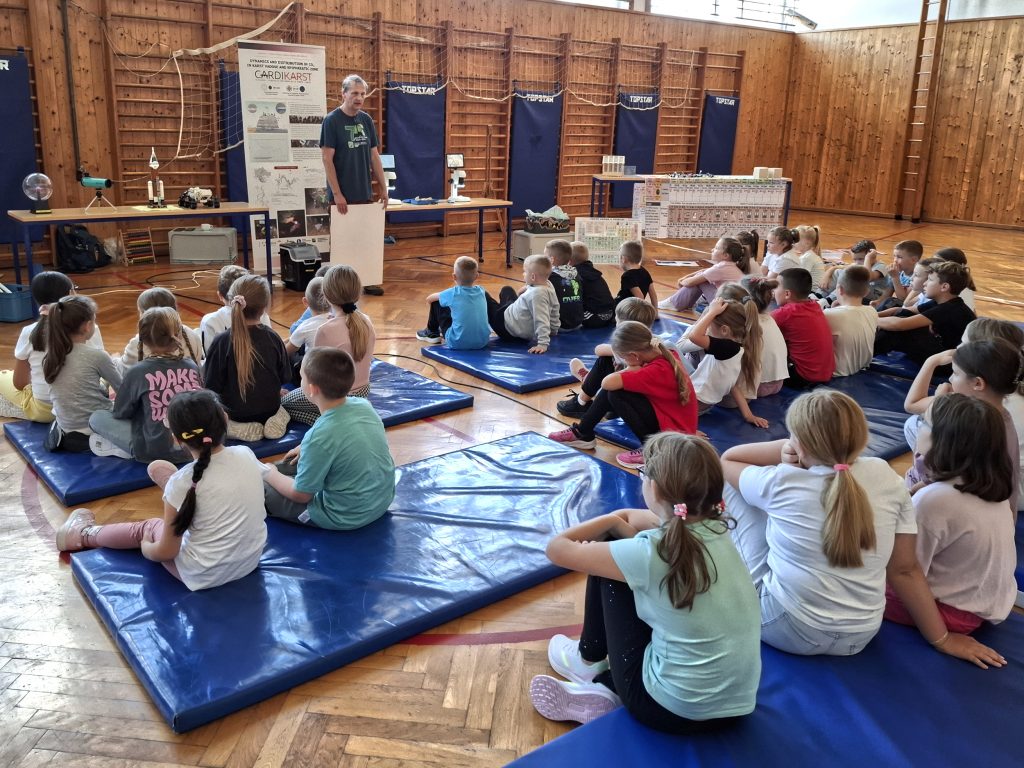
The main professional workshop was held on 12 September at the Speleon – Centre of Underground Heritage, organized by the Department of Geography, Faculty of Science, University of Zagreb, and Public Institution Baraćeve špilje, with support from the Croatian Science Foundation (HRZZ) and the Slovenian Research Agency (ARIS).
Titled “Microclimate and CO₂ in Cave Environments – Instruments, Methods, and Data Interpretation”, the workshop addressed the importance of continuous monitoring of physical parameters that influence the stability of underground habitats. Theoretical and practical components focused on the role of microclimate as part of the karst geoecological system, methods for measuring temperature, humidity, and CO₂ concentrations, interpretation of seasonal and spatial patterns, identification of early warning indicators, and sustainable cave management strategies.
The event brought together experts from nature protection institutions, researchers, and students, encouraging dialogue and knowledge exchange between the scientific community and professionals managing sensitive karst ecosystems.
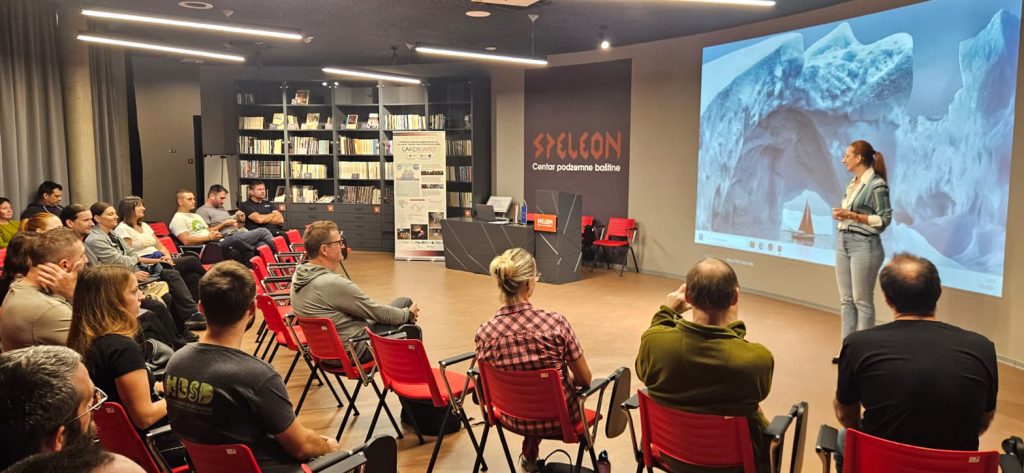
The workshop was opened by the Director of the Public Institution Barać caves, Tihana Oštrina, as well as, on behalf of the Project, by Academician Prof. Dr. Franci Gabrovšek and Prof. Dr. Nenad Buzjak.The lecture program featured:
- Dr. Franci Gabrovšek (Karst Research Institute, SAZU, Slovenia): CO₂ in Karst Water and Atmosphere: Theoretical Frameworks and Measurements
- Vanessa Johnston (Karst Research Institute, SAZU, Slovenia): Karst Water Geochemistry
- Prof. Nenad Buzjak (Department of Geography, University of Zagreb): Strategies for Microclimate Monitoring in Caves
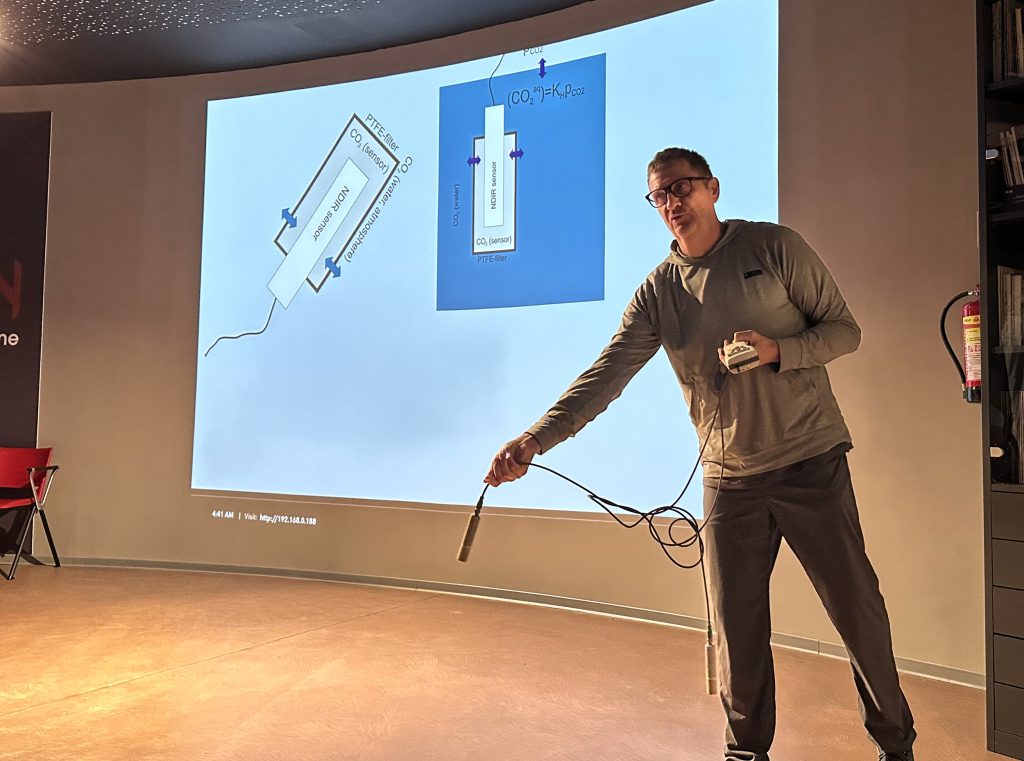
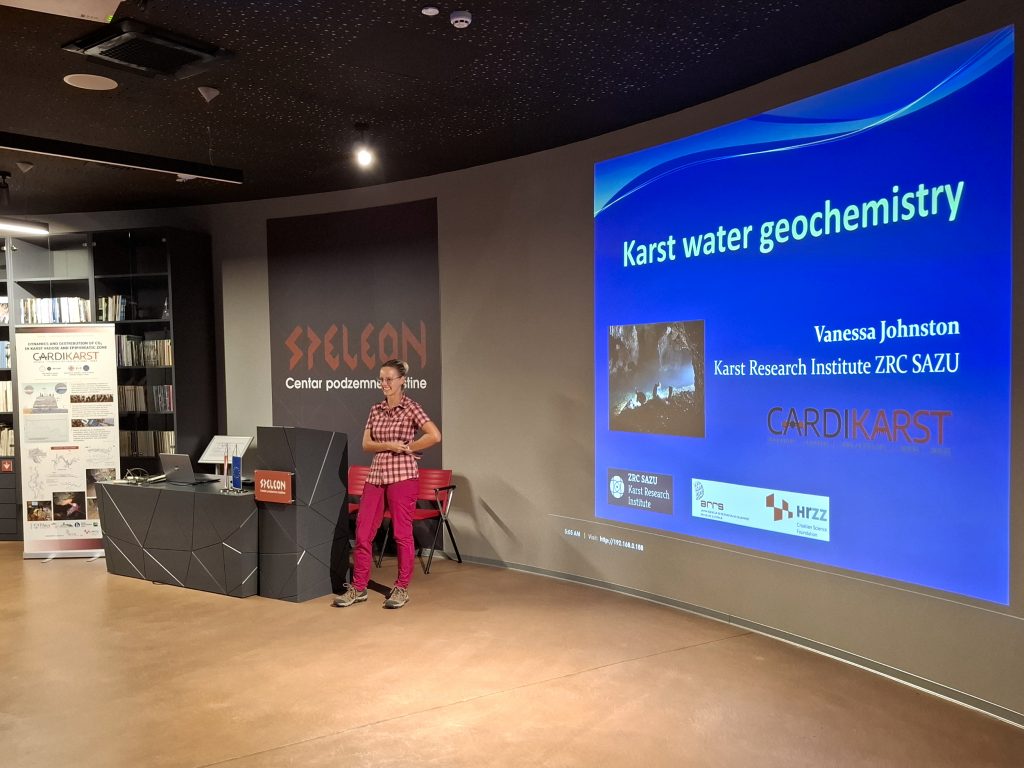
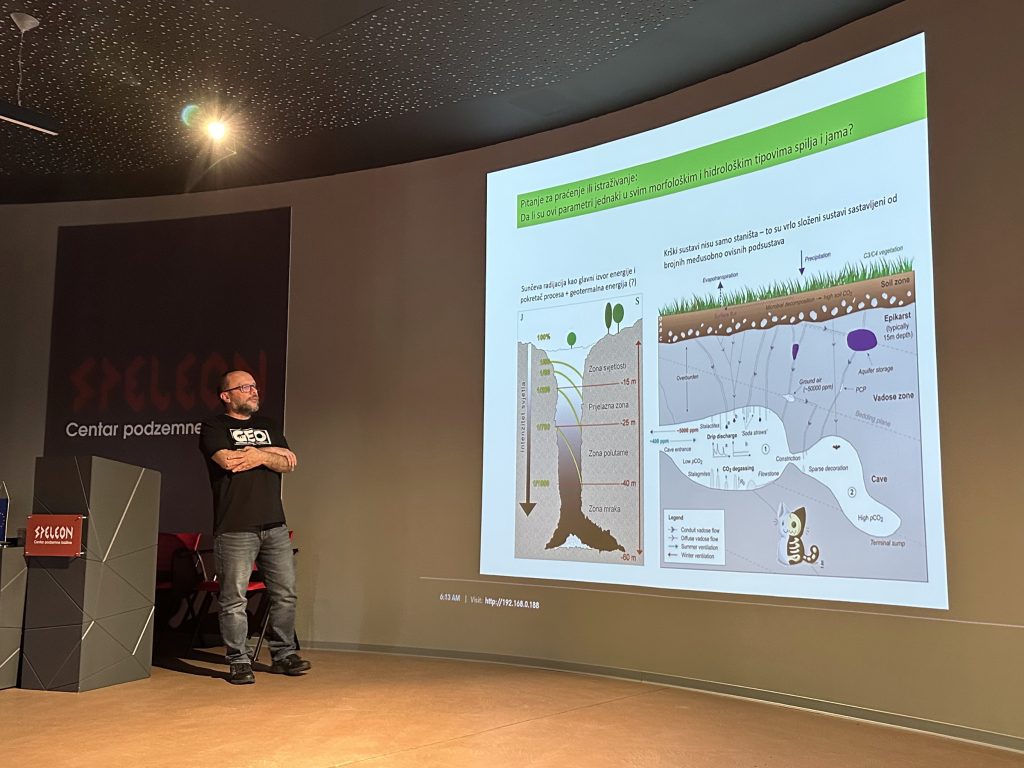
In the afternoon, participants engaged in field demonstrations: Hydrochemical measurements at Baraćevac Spring (led by F. Gabrovšek, V. Johnston) and Microclimate monitoring techniques in Gornja Baraćeva Cave (led by N. Bočić, S. Vuković, D. Paar, N. Buzjak). This session also included contributions from Slaven Vuković, Head of the Department of Monitoring and Maintenance of Protected Areas – Chief Nature Ranger at the Public Institution Baraćeve špilje, and an external collaborator on the CARDIKARST project. He shared his experiences conducting periodical microclimate measurements in the Barać Caves and at the Baraćevac Spring. From the perspective of a public institution employee, he spoke about the motivation and importance of active involvement of protected area staff in scientific research, emphasizing that such collaboration – to the extent that it is organizationally and logistically feasible – contributes to better understanding and management of natural heritage.
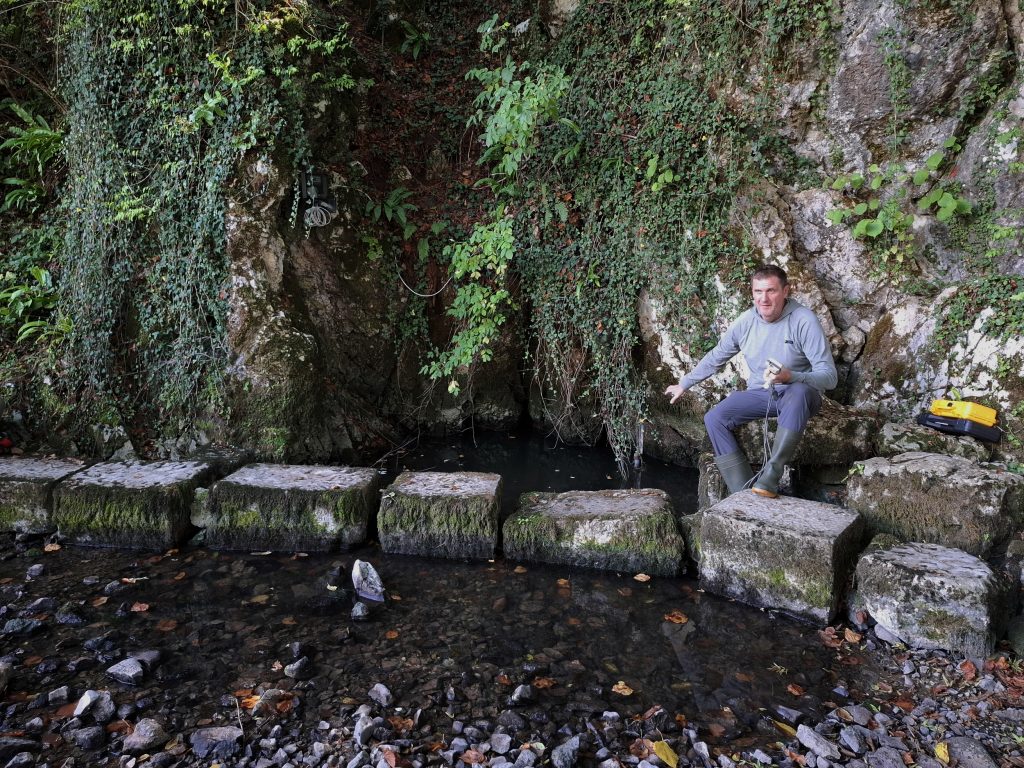
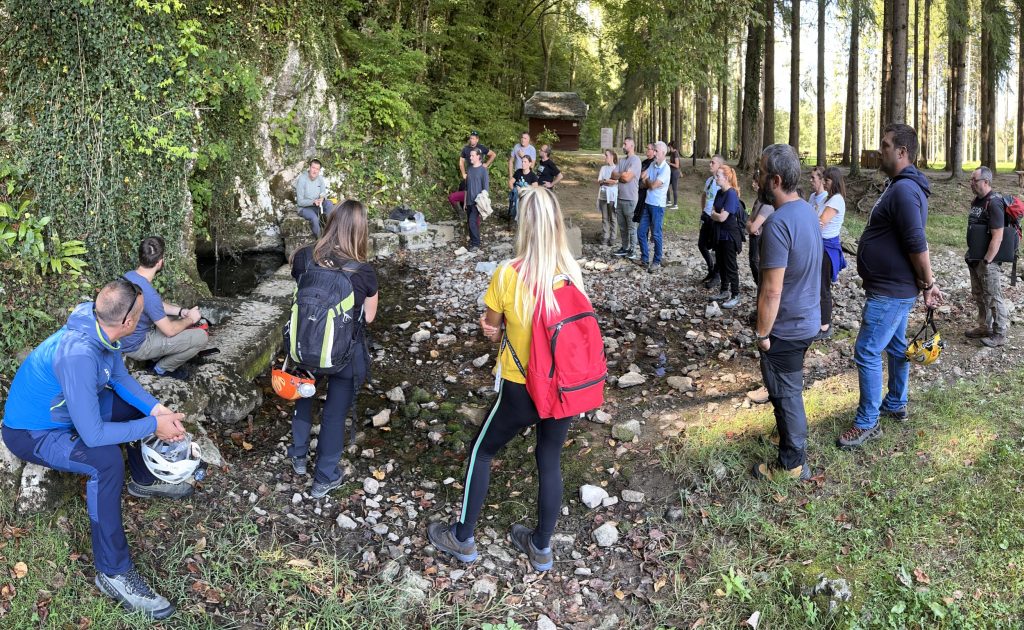
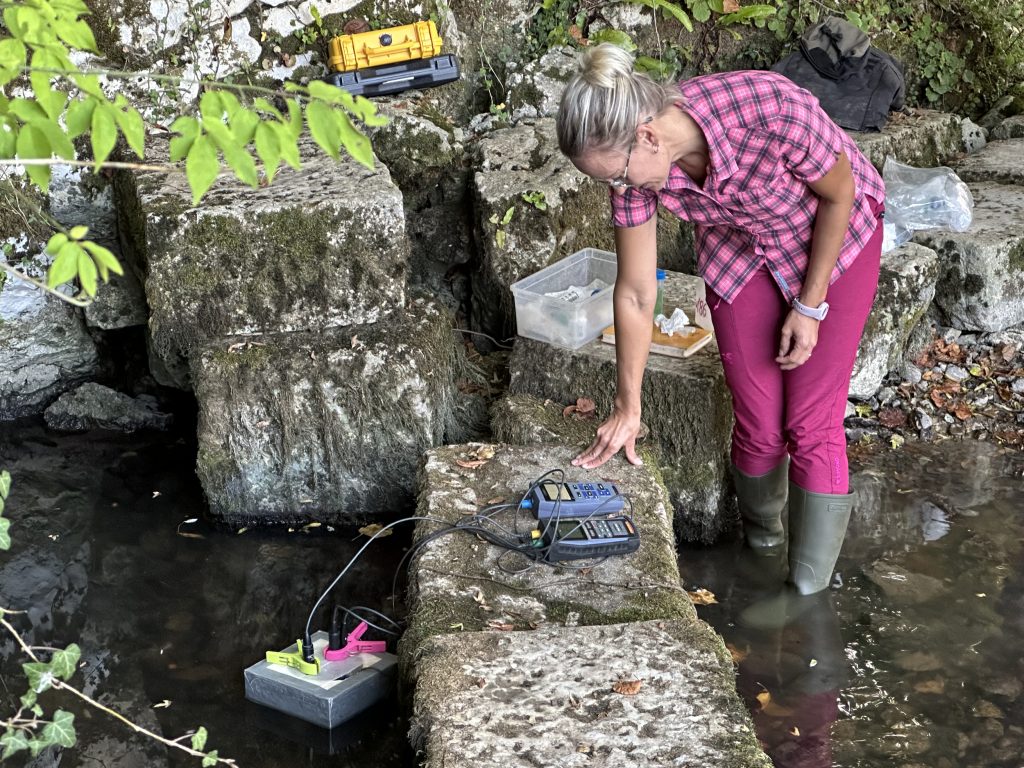
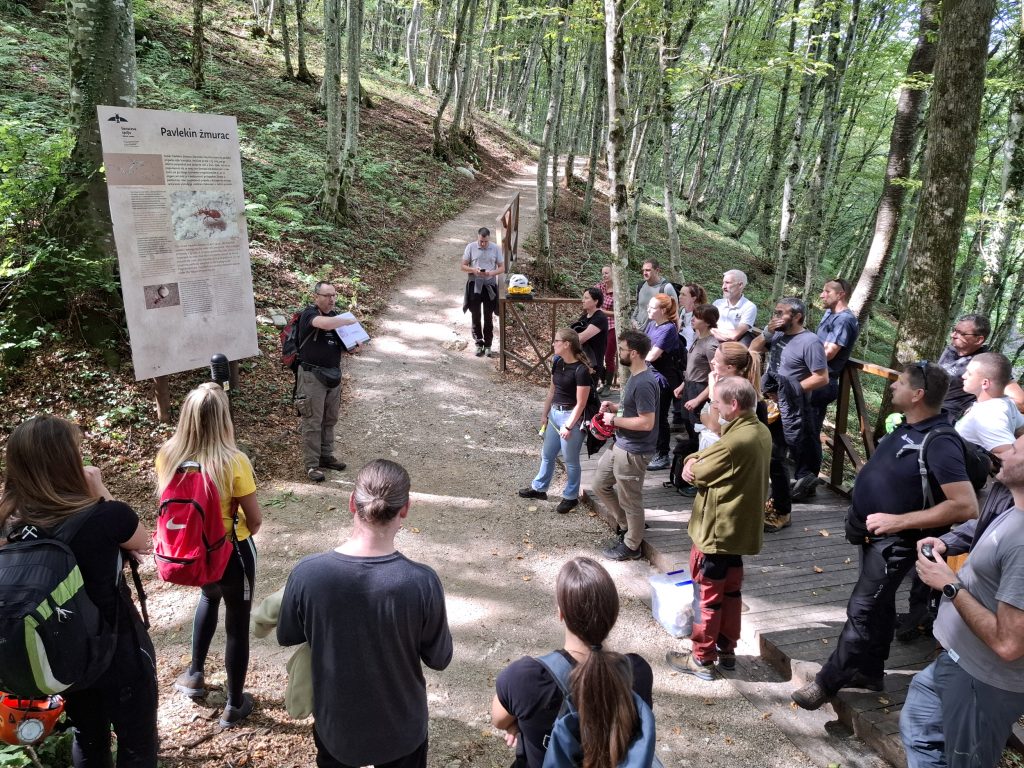
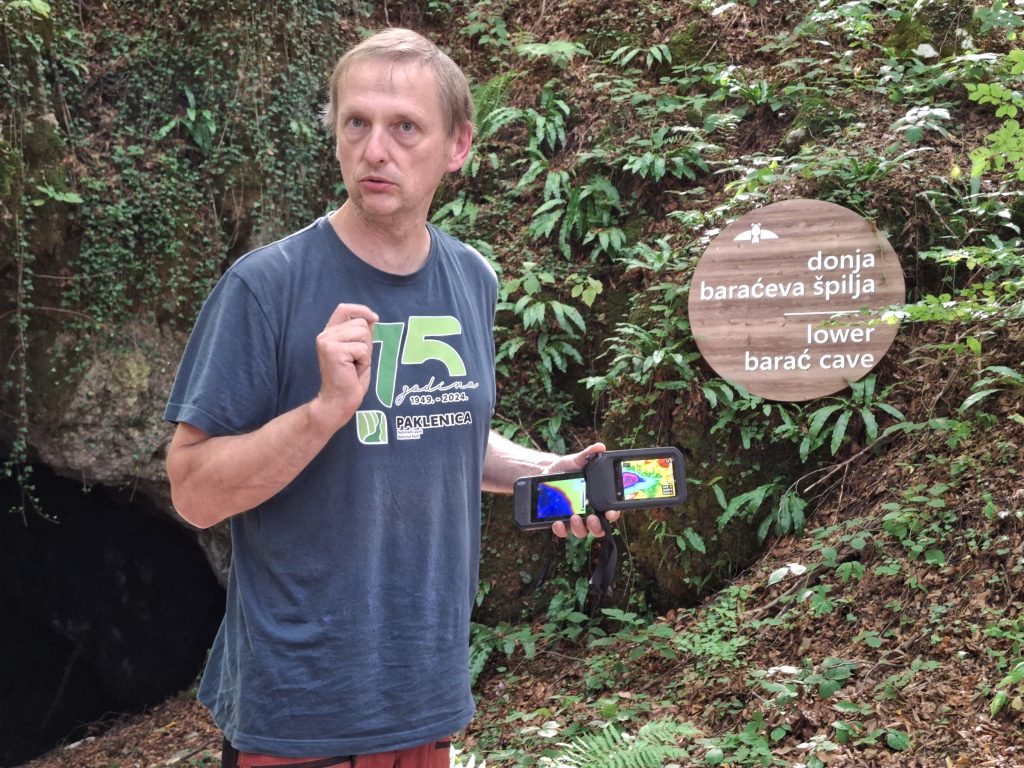
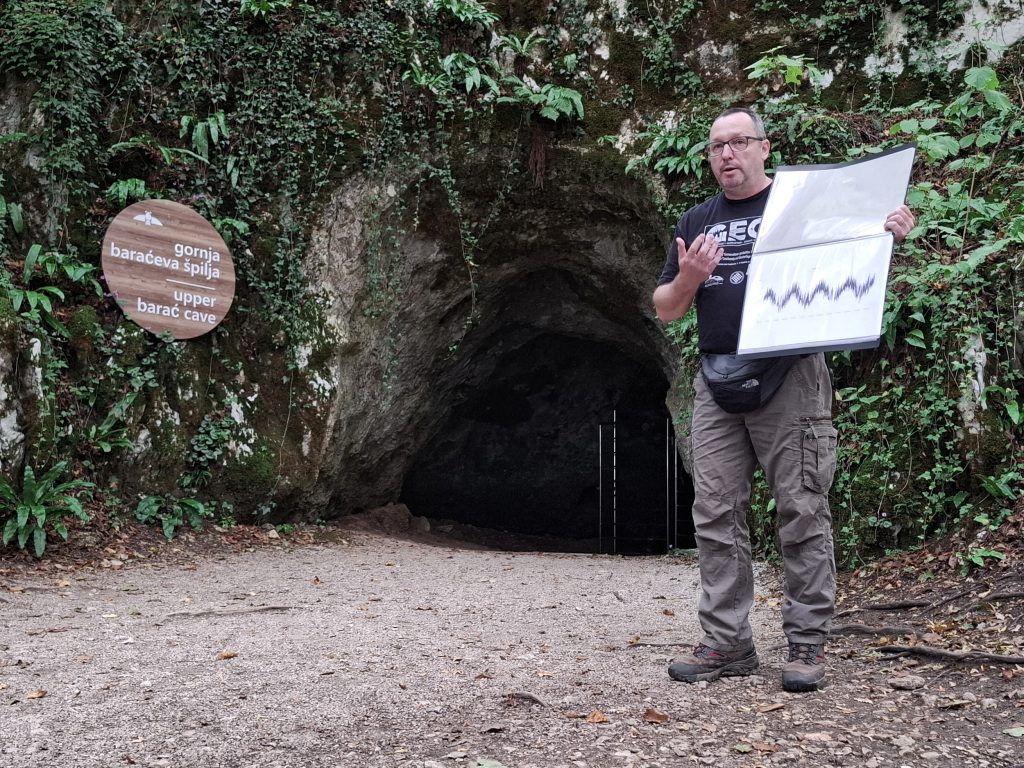
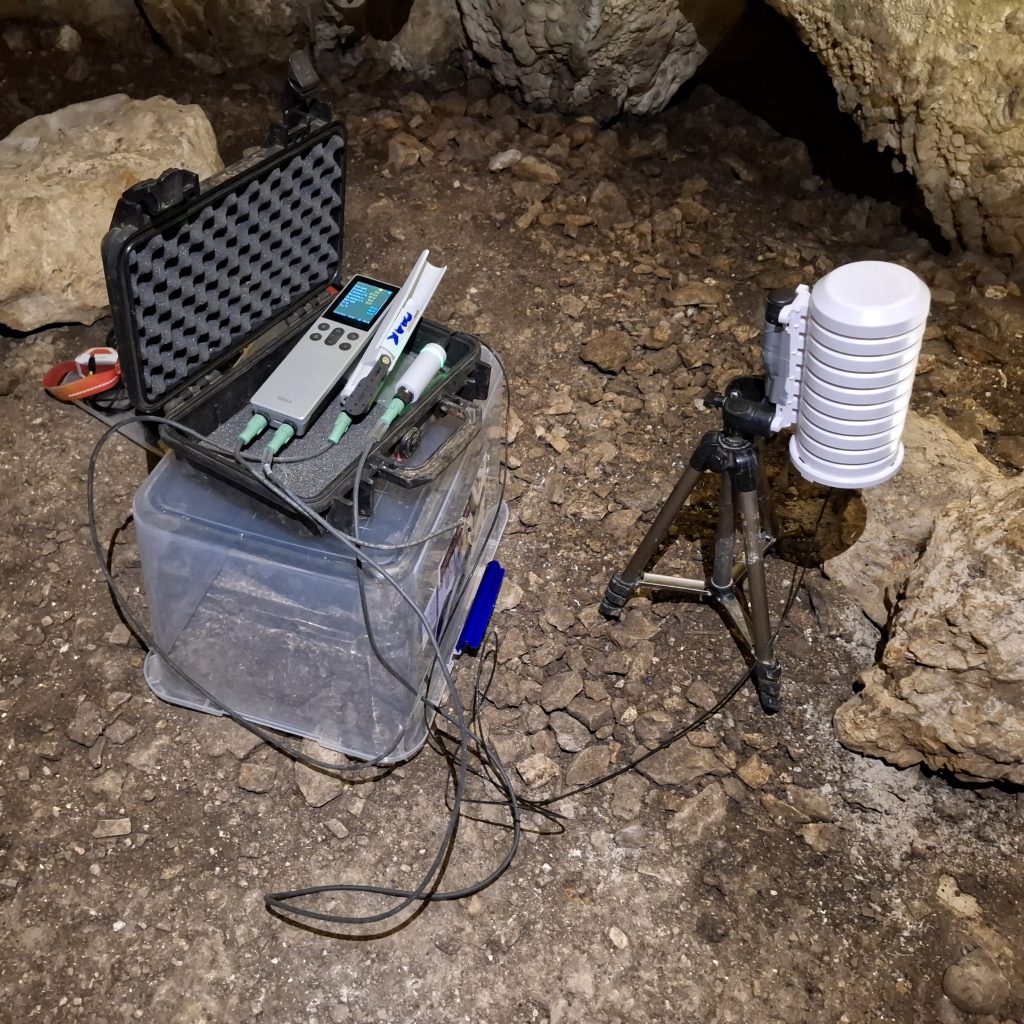
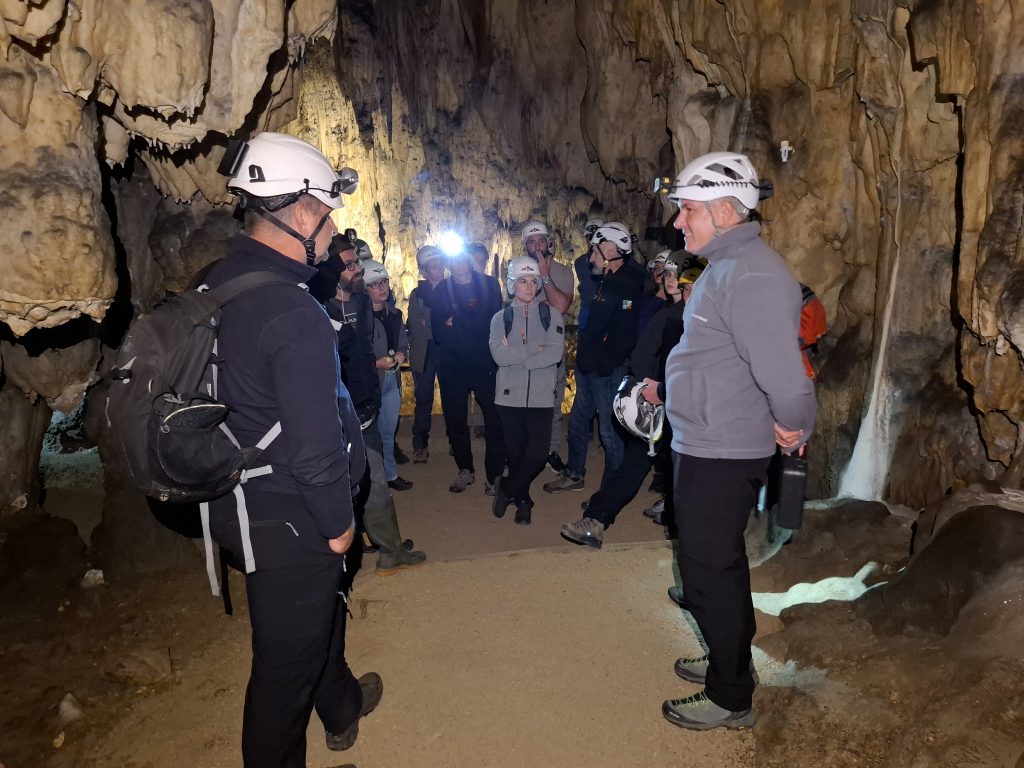
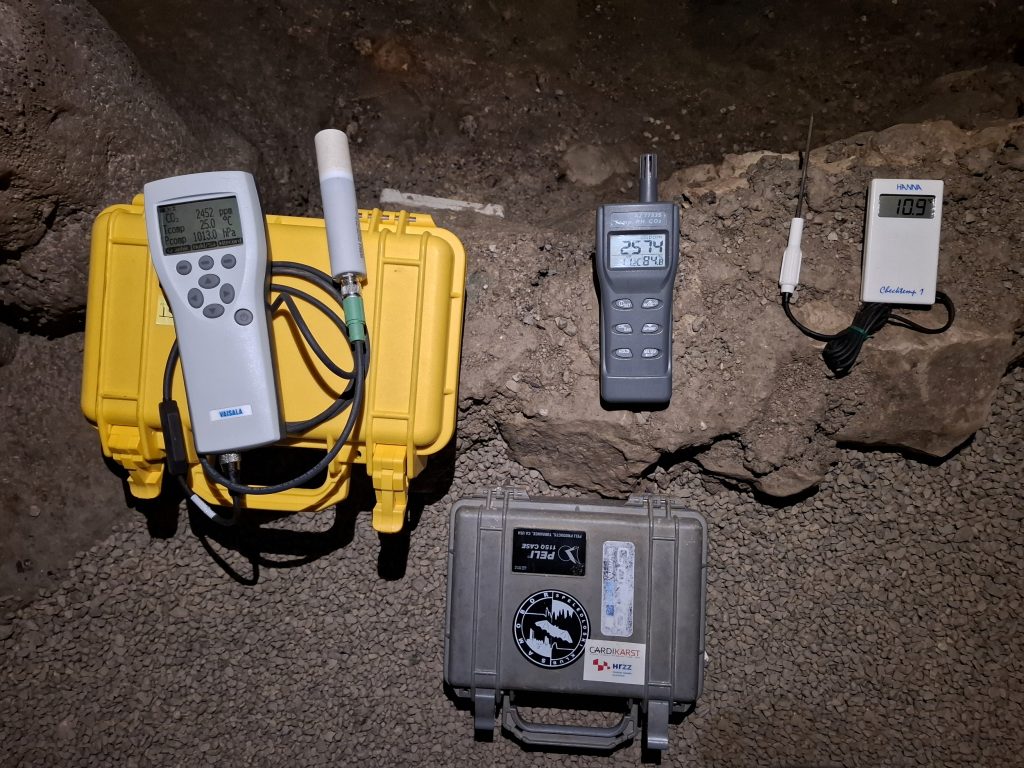
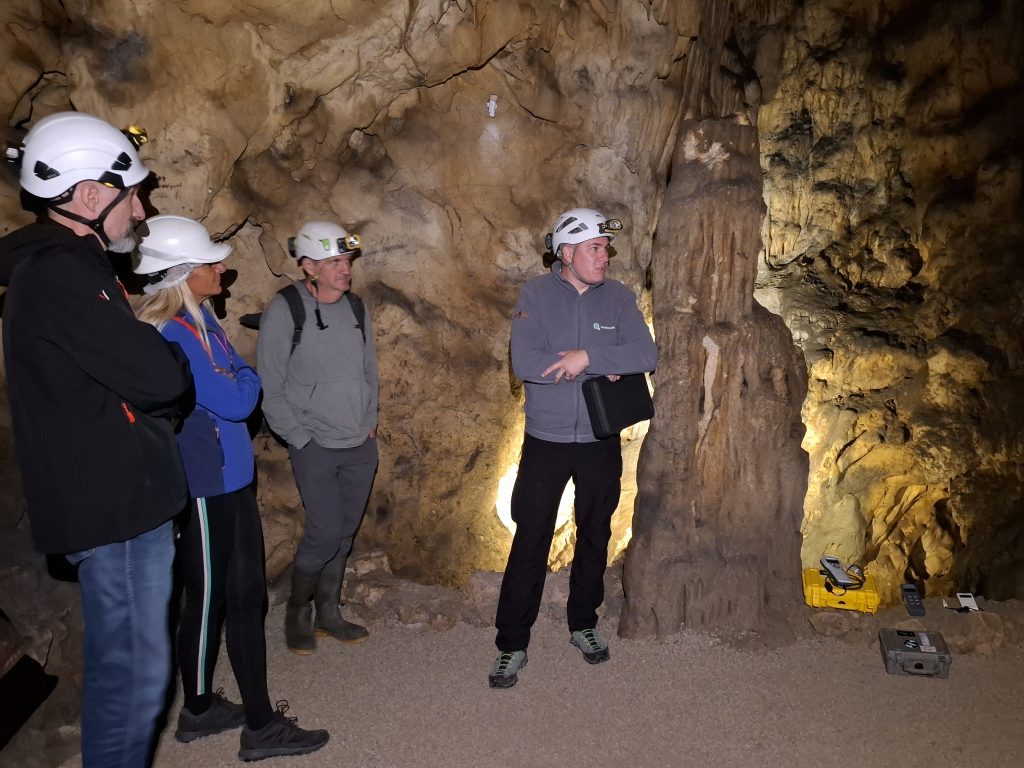
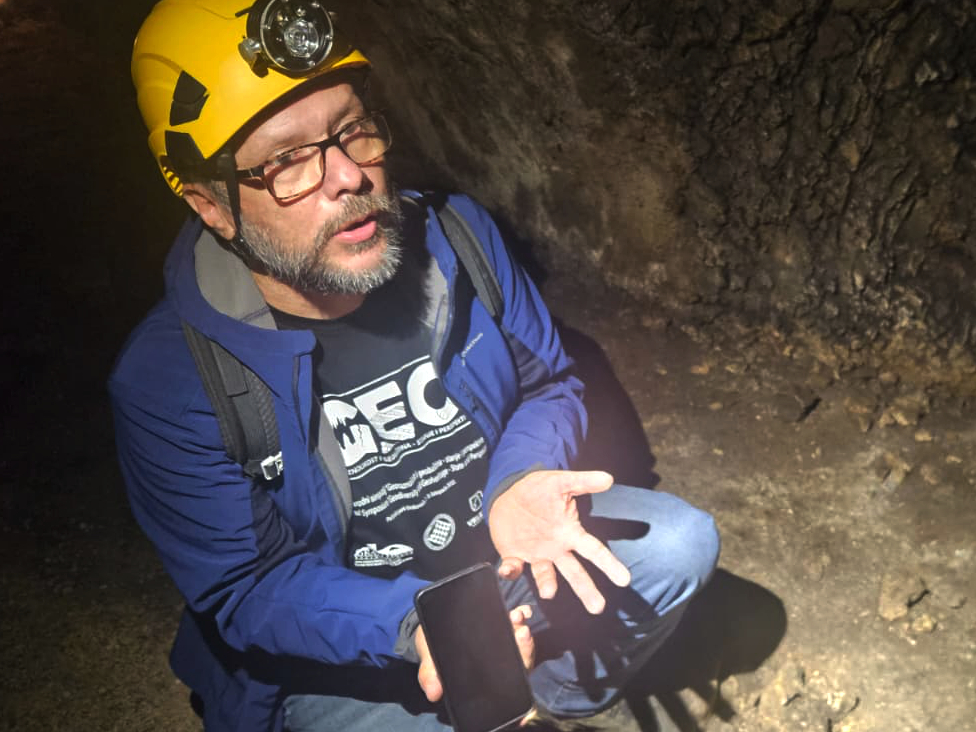
A total of 31 participants took part in the workshop, of which 5 were members of the CARDIKARST research team, and 26 external participants from 16 institutions (in order of registration): Croatian Speleological Federation; Croatian Geological Survey; Karst Research Institute ZRC SAZU (Slovenia); Public Institution Natura Histrica (Istrian County); Public Institution Cave Park Grabovača; Department of Physics, Josip Juraj Strossmayer University of Osijek; Public Institution More i Krš (County of Split‑Dalmatia); Public Institution for the Management of Protected Nature Areas of Dubrovnik‑Neretva County (Priroda DNŽ); Institute for Environment and Nature Protection of the Ministry of Environment and Green Transition; Public Institution Paklenica National Park; Public Institution Plitvice Lakes National Park; Department of Geography, Faculty of Science, University of Zagreb; Public Institution Žumberak‑Samoborsko Gorje Nature Park; Public Institution Medvednica Nature Park; Public Institution for the Protection and Conservation of Nature of Lika‑Senj County; Public Institution Natura Viva (Karlovac County).
The organizers would like to express their sincere gratitude to Public Institution Baraćeve špilje for their support, co-organization, and fieldwork assistance. Their continued collaboration has been vital to the success of CARDIKARST activities in the region.
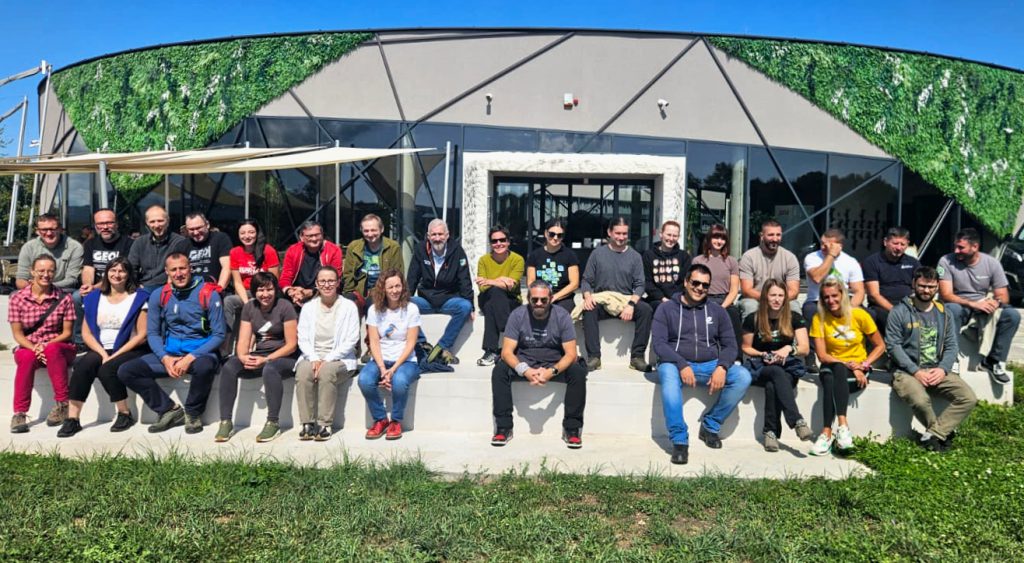
Photo: N. Buzjak, S. Vuković, D. Paar
